
Business
11:03, 18-Oct-2017
Reform in Action: Chinese success in poverty alleviation
By CGTN’s Ming Tian
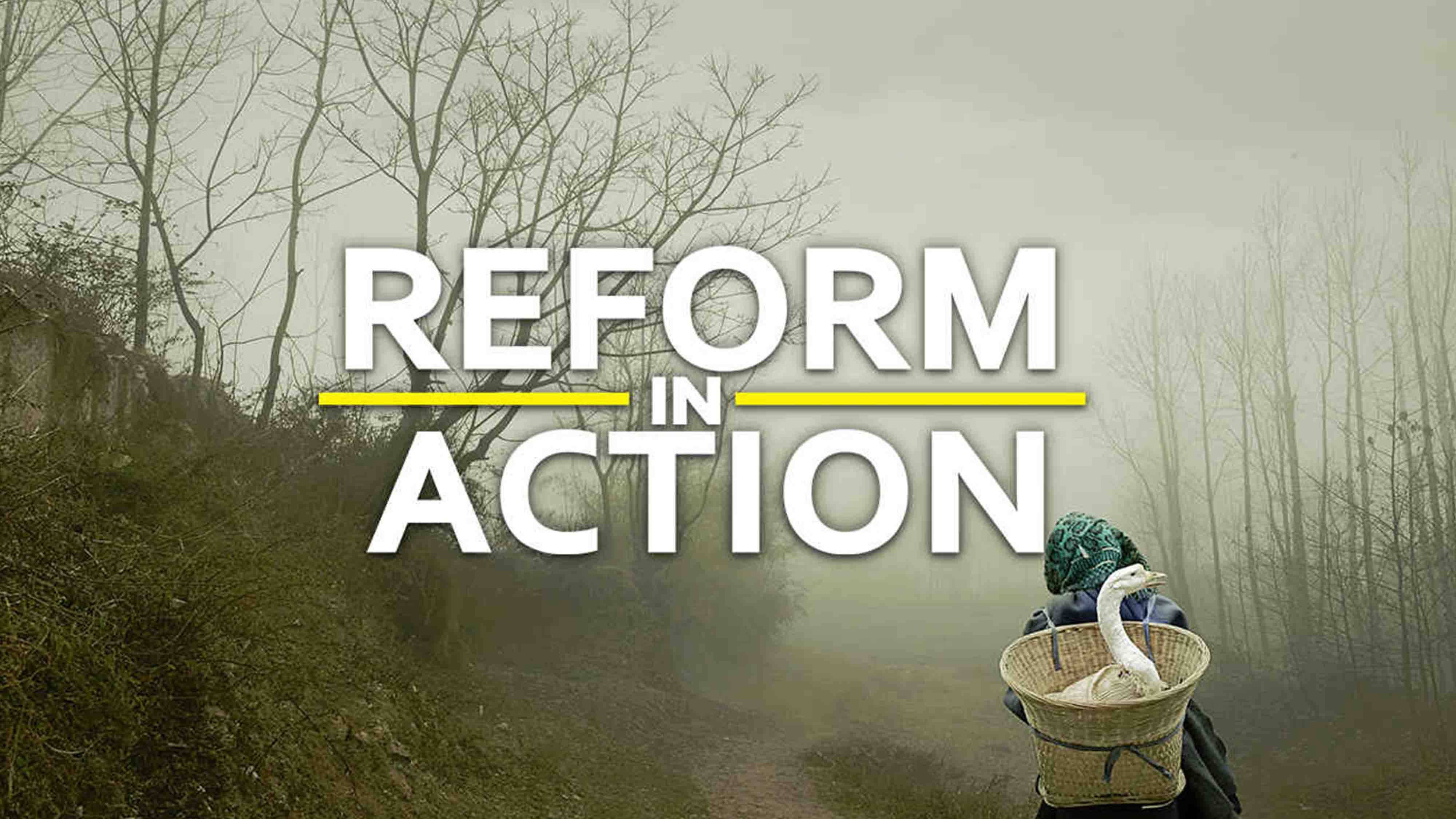
Tuesday marked both the International Day for the Eradication of Poverty and China’s fourth annual National Poverty Relief Day. Poverty alleviation has been one of China's core policies since the 18th National Congress of the Communist Party of China (CPC) in late 2012, setting the goal of eradicating poverty by 2020.
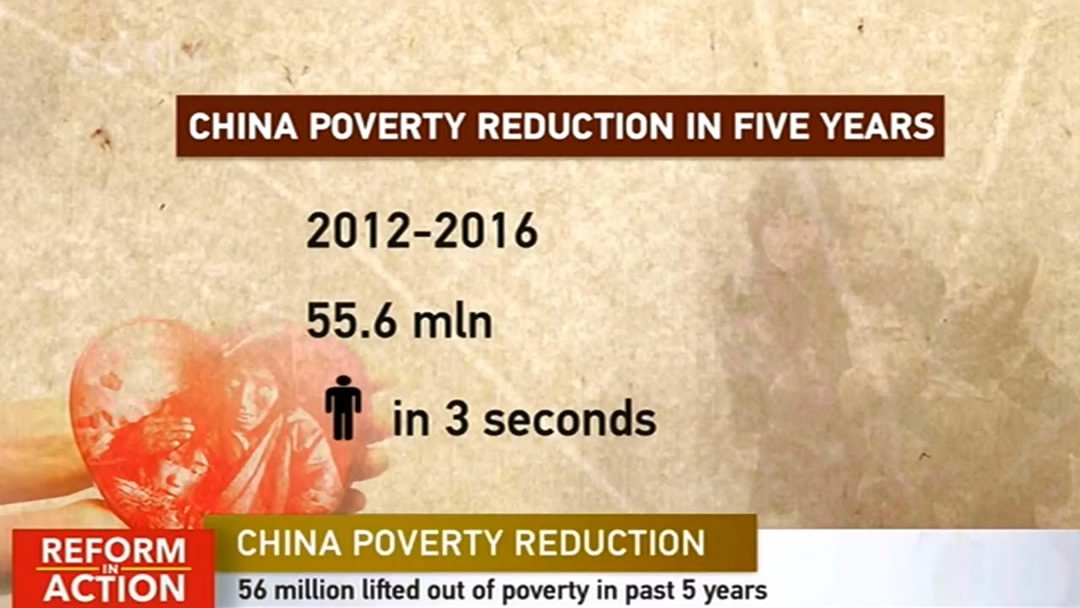
CGTN Photo
CGTN Photo
China currently has 830 villages officially categorized as poor and 43.35 million people still living below the nation's poverty line of 2,300 yuan (348 US dollars) a year based on 2010 constant prices. In the past five years, a total of 55.6 million people were lifted out of poverty, according to Tuo Zhen, spokesperson for the 19th CPC National Congress.
World Bank President Jim Yong Kim said recently that China's ongoing poverty alleviation effort is one of the “great success stories” in human history.
“China has lifted 800 million people out of poverty [since 1990] – 40 percent of the world’s extreme poverty to now less than 10 percent… So we are always looking for lessons from that experience,” Kim said.
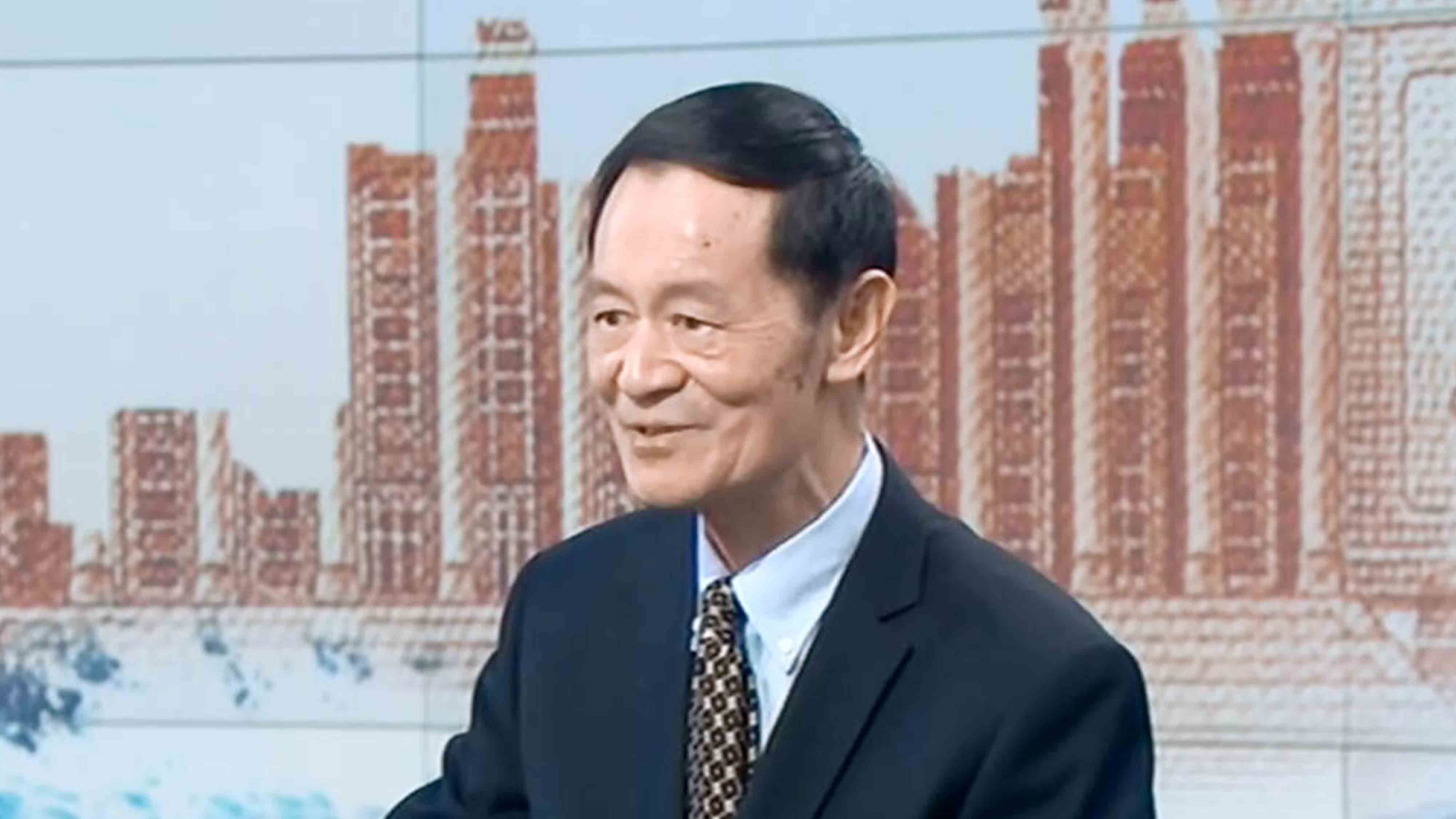
He Weiwen, senior fellow at the Center for China and Globalization, highlighted the CPC’s “strong will” as one of the key reasons for such success.
“One important experience in China, which other countries might not have, is that the Party has strong will. Because General Secretary Xi Jinping said the expectation of the people for [a] happy life is our goal,” according to He.
The Chinese government is increasing its financial support for the campaign. Based on data from the National Bureau of Statistics (NBS), last year’s funding from the central and provincial governments for poverty reduction exceeded 100 billion yuan (around 15 billion US dollars) for the first time.
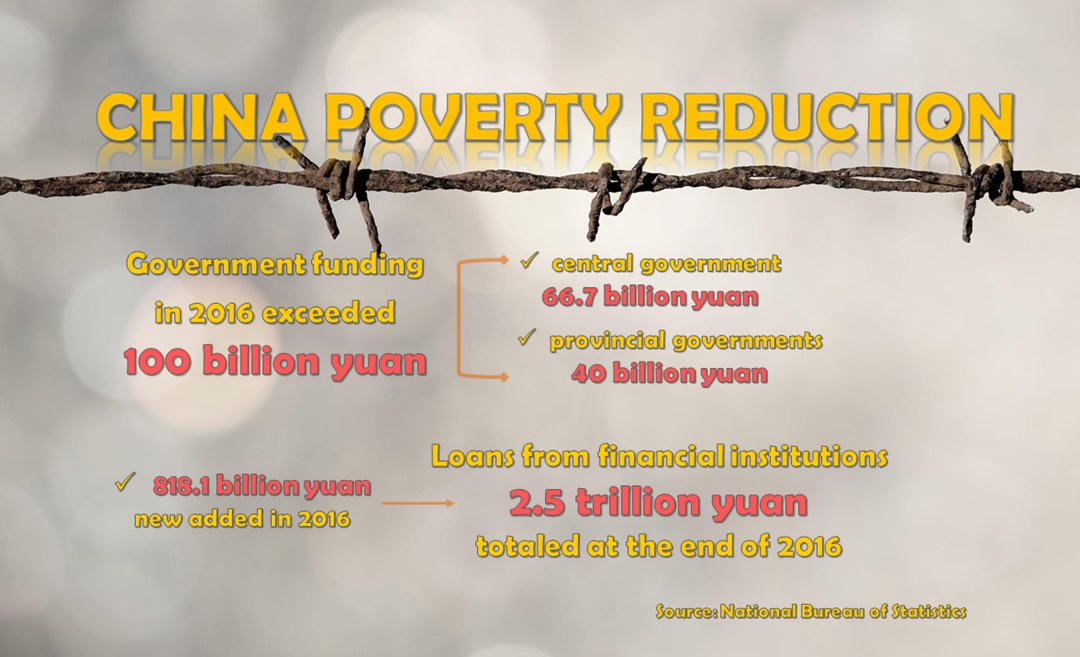
CGTN Photo
CGTN Photo
Of this total, the central government allocated 66.7 billion yuan, up 43.4 percent year-on-year, while provincial government spending rose more than 50 percent to more than 40 billion yuan. Meanwhile, outstanding loans from financial institutions for poverty alleviation totaled 2.5 trillion yuan at of the end of 2016, with 818.1 billion yuan in new loans in 2016.
“The government should provide public goods – build roads, provide electricity, water, build up schools and hospitals. That’s the basics for local development. Then the business should get in,” said He.
Helping poor people engage in business is another way of reducing poverty. Last year, sales of online stores in poverty-stricken villages reached 29 billion yuan, four times more than five years ago.
One of the most economically diverse Chinese counties, Danzhai in southwestern Guizhou Province, is trying to lift the livelihoods of local residents with industrial cooperation. Officials have promised to raise locals’ living standards through establishing a “tourism village”, with the Wanda conglomerate helping set up a vocational school to equip locals with the necessary skills.

“Wanda’s Danzhai poverty alleviation project has set up a model that will really motivate mass participation in poverty alleviation, encouraging private enterprises’ involvement and building a sustainable model,” said Sun Zhigang, governor of Guizhou Province.
Nature not only endows the area with attractive scenery, but with natural resources that craftsmen can work into products. Batik dyeing uses beeswax to draw and dye cloth with organic colors extracted from plants.
"It is my hobby. I like to draw. In the past I had to work at home because I needed to take care of my kids. Now I work here with the company. I can earn twice as much as I used to," said Wang Jianqi, a batik dyeing craftswoman.
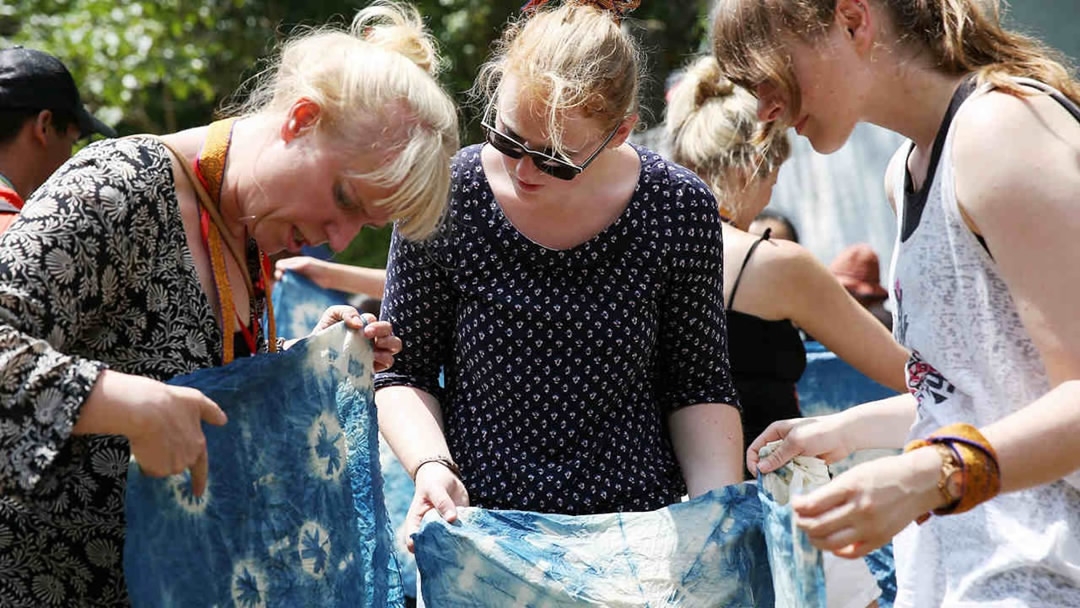
Tourists check out batik dyed goods in Danzhai County, Guizhou Province, July 22, 2017. /VCG Photo
Tourists check out batik dyed goods in Danzhai County, Guizhou Province, July 22, 2017. /VCG Photo
Tourism has provided a good start for locals' economic gains. In the first month of the tourism village operating, Danzhai’s total revenue reached 346 million yuan, a third of which came from souvenir purchases.
Greta Bull, CEO of the World Bank-affiliated Consultative Group to Assist the Poor (CGAP), praised the model, but stressed that poor people need to adapt to the development of technology if it is to work.
“One of the concerns we have at CGAP is that the divide [between well-off and poor groups] is getting bigger, when technology moves in,” she said.
Even in the US, workers are losing their jobs and without high-school education are struggling to find reemployment in a more high-tech world, according to Bull.

Children fly paper airplanes /VCG Photo
Children fly paper airplanes /VCG Photo
Moreover, financial tools are becoming more important because they give people resources beyond their labor.
“In the past, we used to overlook the role played by financing in poverty alleviation. Now we have many financial tools directly targeted at farmers, especially thanks to digital financing. Farmers now have handy resources. And their chances of cooperating with businesses are a lot better,” said Bei Duoguang, president of the Chinese Academy of Financial Inclusion.
(CGTN’s Wang Yue also contributed to the story.)
Read more:

SITEMAP
Copyright © 2018 CGTN. Beijing ICP prepared NO.16065310-3
Copyright © 2018 CGTN. Beijing ICP prepared NO.16065310-3